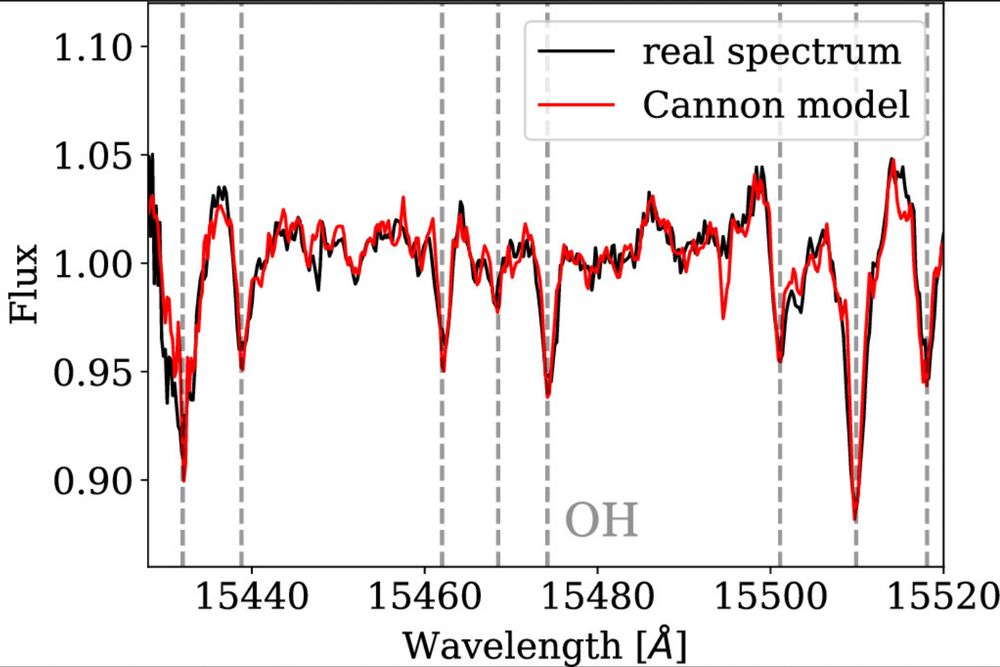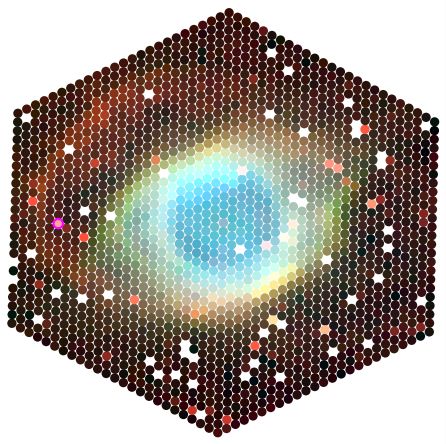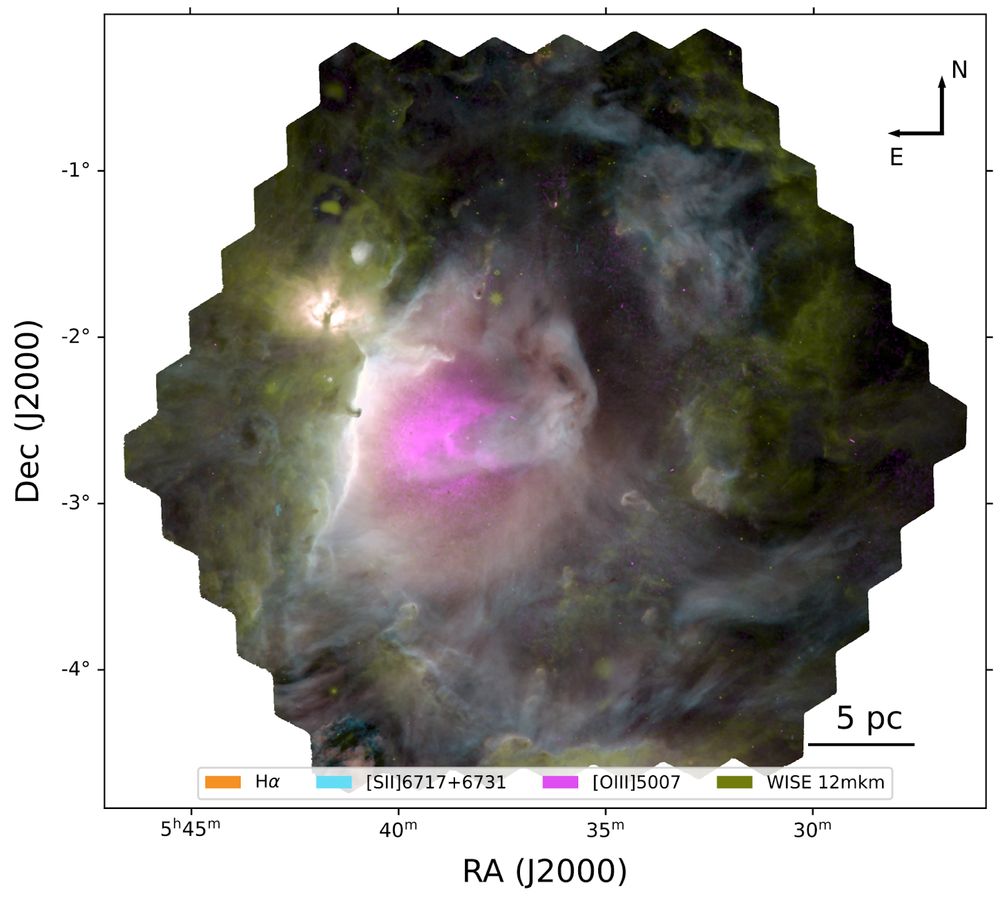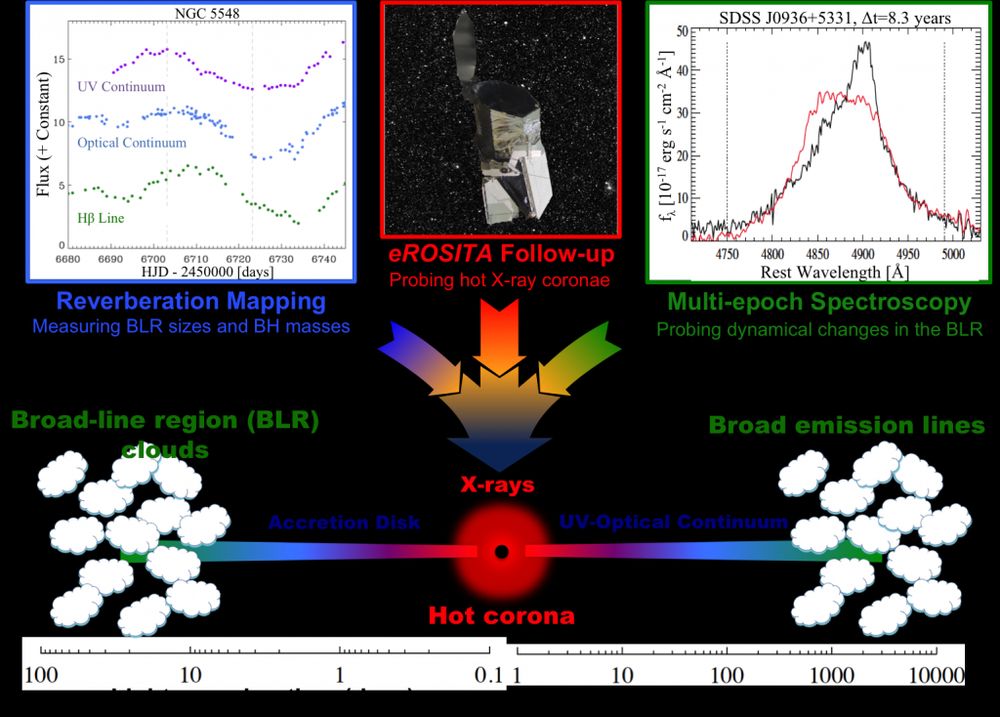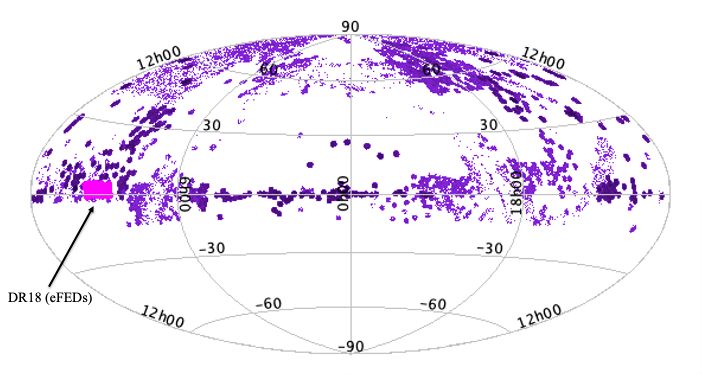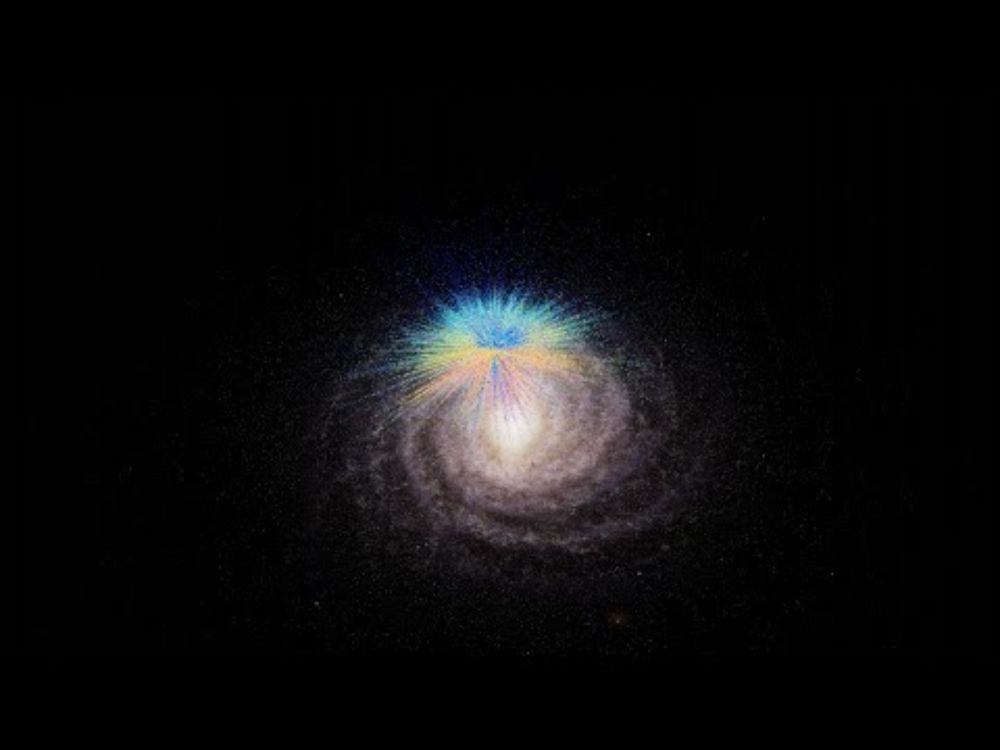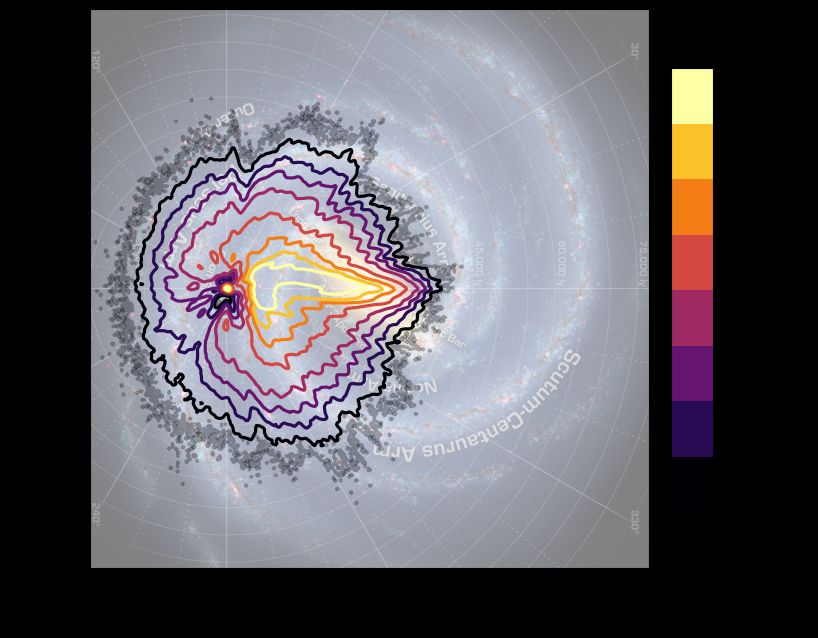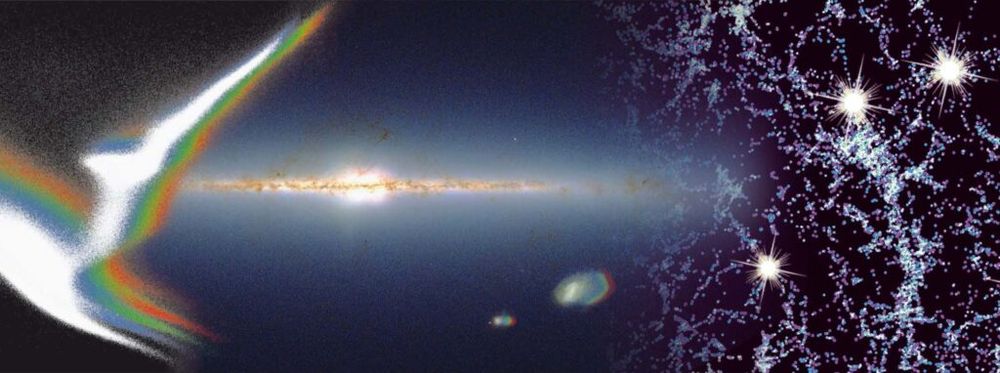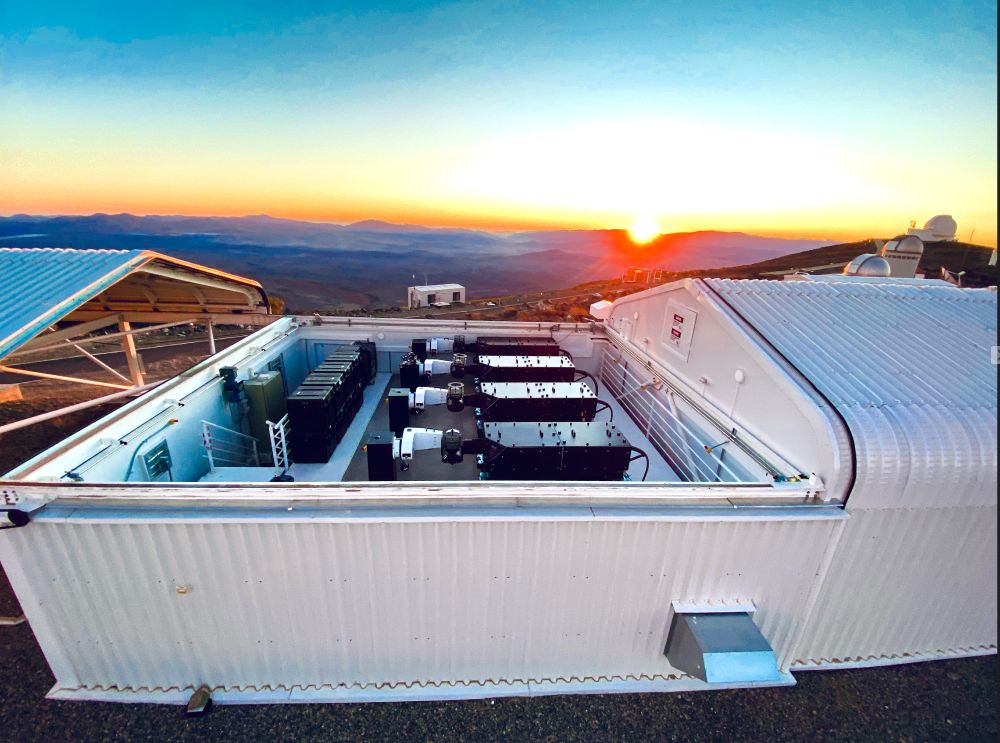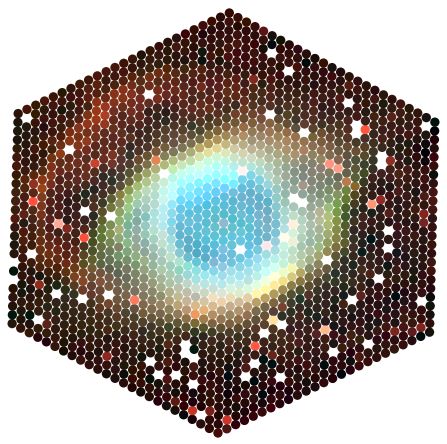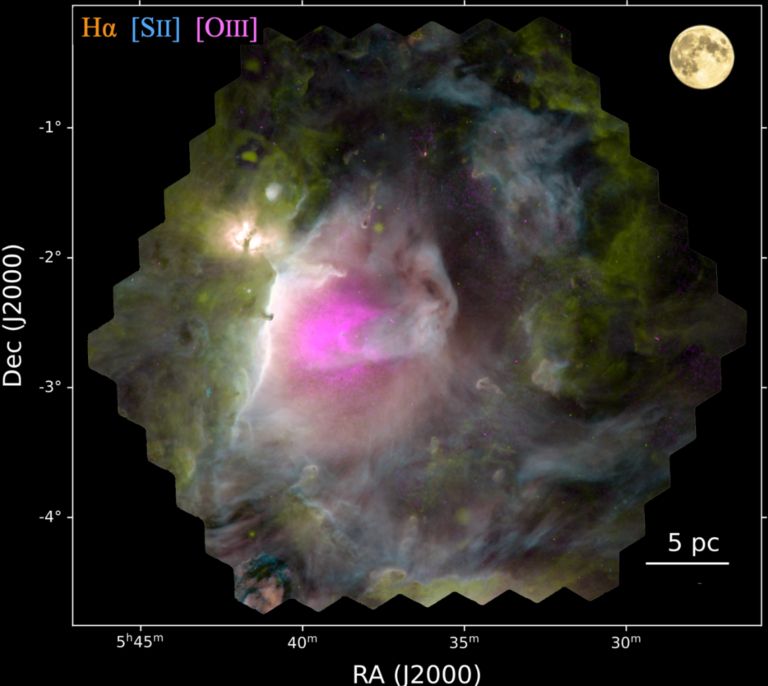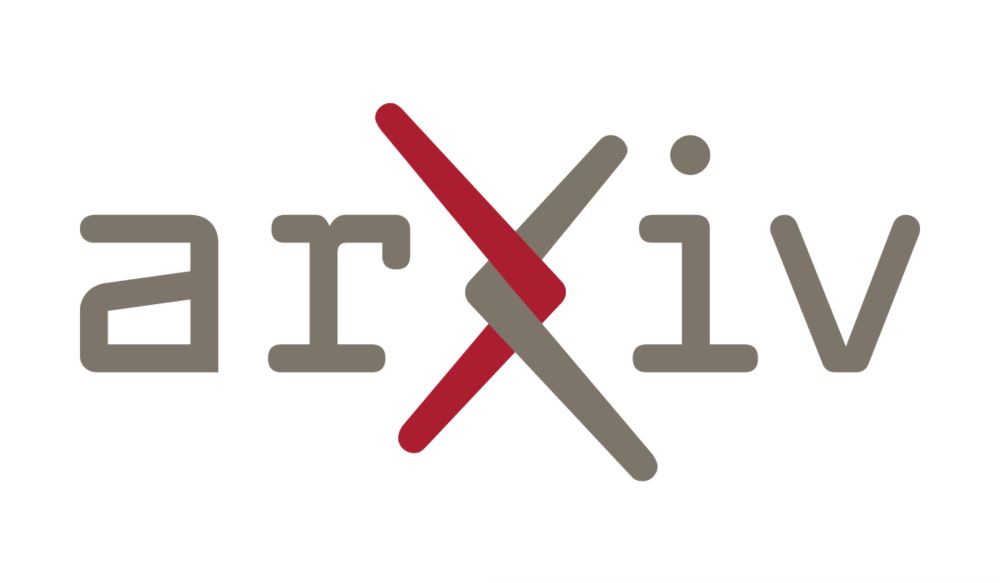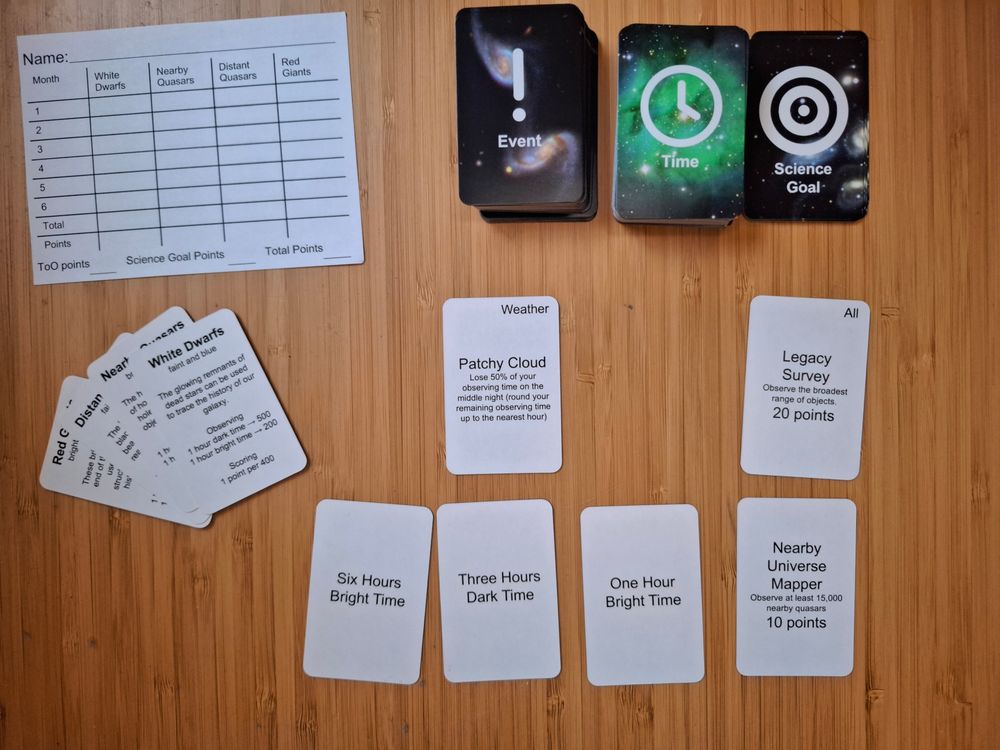Sloan Digital Sky Surveys
@sdssurveys.bsky.social
2.4K followers
65 following
78 posts
Mapping the Universe since 1998. Featuring @milkywaymapper.bsky.social, @blackholemapper.bsky.social, and @localvolumemapper.bsky.social. We'll let you know when we are done.
sdss.org
Posts
Media
Videos
Starter Packs
Reposted by Sloan Digital Sky Surveys
Reposted by Sloan Digital Sky Surveys
Niall Deacon
@nialldeacon.com
· Jul 11
Reposted by Sloan Digital Sky Surveys
Reposted by Sloan Digital Sky Surveys
Reposted by Sloan Digital Sky Surveys
Reposted by Sloan Digital Sky Surveys
